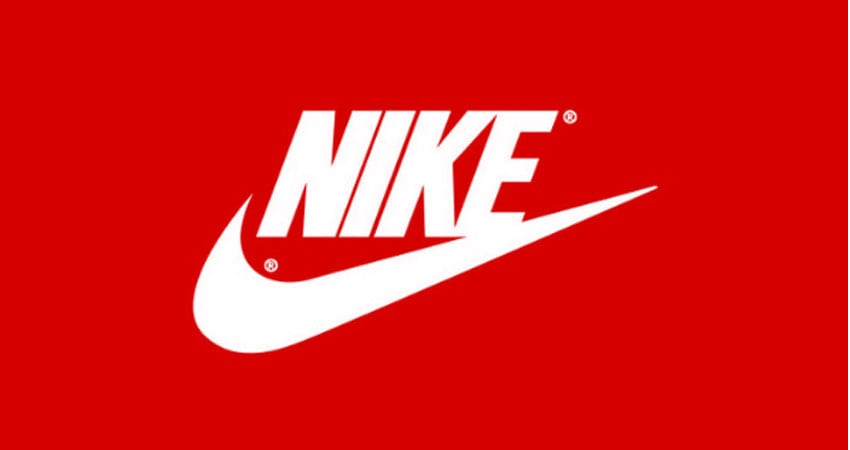Let’s start with a confession: Nike is a love brand of mine. I am a sneakerhead. Ever since I strapped on my first pair of Velcro sneakers, I had a fascination with “the swoosh.” Growing up in Tel Aviv, I would wake up at 3 a.m. to watch Michael Jordan soar above the rim, tongue out, rocking the Air Jordan 3s. Around the office, people can see me wearing a different pair of sneakers almost every day.
To me, Nike stands for excellence. Whether it’s the innovative product design, collaboration with some of my favorite athletes (game, set, match: Andre Agassi) or unique advertising and marketing strategies, it is a company that has always embodied the cutting edge of the craft. I’m not the only one enamored with them, as Netflix recently announced a movie version of Nike founder Phil Knight’s book “Shoe Dog.”
As one of the beloved brands that continues to lead in these strategies, I’d like to highlight how Nike leverages the power of personalization through the customer lifecycle and in marketing communication.
Nike CEO, Mark Parker stated Nike’s goal is to get “more personal at scale.” To that end, the company has made strides in re-shaping itself as a direct-to-consumer brand. Earlier this year, Nike acquired Zodiac, a consumer analytics firm that uses metrics to predict individual customer behavior. In a time when brands must get personal with customers or risk being ignored, Nike’s purchase of Zodiac gives the team the insight they need to drive their digital business. The company now has more customer data at its disposal, enabling them to identify and target the most devoted fans (such as yours, truly!). It’s worth noting that the Nike+ loyalty program members and users of Nike apps (including SNKRS, a personalized shopping experience, and NikeID, a product personalization app) spend nearly triple the amount on Nike products than casual shoppers do through the Nike.com website.
Even still, Nike has not forgotten about the importance of bringing personalization to the traditional retail experience. The company recently launched a direct-to-consumer program in its brick-and-mortar locations. Beginning in Portland and Los Angeles, and soon to expand to other markets, Nike stores are gradually enabling experiences in tandem with the new Nike App At Retail, offering recognition technology and tailored product recommendations for every customer who walks through their doors. In addition, the Nike App At Retail allows customers to make reservations for trying on products in person, along with check-out and payment options at the store.
Nike has also taken a personalized approach in transforming its advertising. During the 2010 and 2014 World Cup tournaments, the company scored big with viral ads featuring a bevy of international soccer superstars, among them Cristiano Ronaldo, Wayne Rooney and Zlatan Ibrahimovic. But for this year’s World Cup, Nike chose to spread its ad campaign across paid and owned media, creating one sprawling storyline, with each content asset optimized for different channels. On mobile devices, audiences can watch Cristiano Ronaldo’s short video series “Believe.” Meanwhile, video platforms host country-specific Nike ads, including a short documentary on the Nigerian World Cup team, interwoven with spots aimed at fans from Brazil and Russia, the host nation of this year’s World Cup.
Utilizing a cross-channel approach makes it possible for Nike to tell a sequential story, irrespective of the touchpoint. Audiences can begin the narrative on mobile devices, then continue it on social media or other digital platforms. This accounts for the fact that Nike’s young target audiences are comfortable with a multiscreen narrative, and even expectant of such a modern storytelling methodology. Dubbed by VP of global football brand marketing, Jesse Stollak as a “consumer direct offense,” it’s a strategy that truly captures the essence of personalization – adapting the creative to reach specific audience segments at different touchpoints.
According to Stollak, “The first thing we looked at as we built the strategy was how the consumer landscape had evolved since 2014. We noticed how teen media consumption had shifted to time spent on Instagram, Snapchat, WhatsApp and YouTube versus traditional broadcast. It is increasingly difficult to create a single, one-size-fits-all piece of content, but when we are more specific in the story related to consumer interests and channel, we’re more relevant and thus more effective.”
So how can Nike take personalization to the next level? With the growth of Snapchat, YouTube, Instagram and other multimedia consumption, merchants can combine the power of video with their push for personalization. Imagine designing your favorite sneaker on NikeID and then getting a personalized video with your favorite athlete featuring your own design, along with order confirmation and shipping details. Or, maybe you open your Nike Running Club app and you receive a weekly video summary of your workouts and recommendations on how to step it up a notch. Perhaps you video-enable an interaction with your apparel itself, similar to the new Nike NBA Jersey initiative.
Even non-Nike retailers can make the most of the ample data from loyal customers. You can take notes from Nike to join the digital and physical with in-app and in-store personalization. Leverage your multi-channel strategies to translate them to the multi-screen experiences that future customers enjoy (and expect). And personalization of the video, images and other multimedia lends another dimension that can’t be ignored. These are just a few of the possibilities. So take your personalization into the clouds, flying higher than MJ ever could. Just do it.
Guy Atzmon is Senior Vice President of Creative & Industry Solutions for SundaySky

